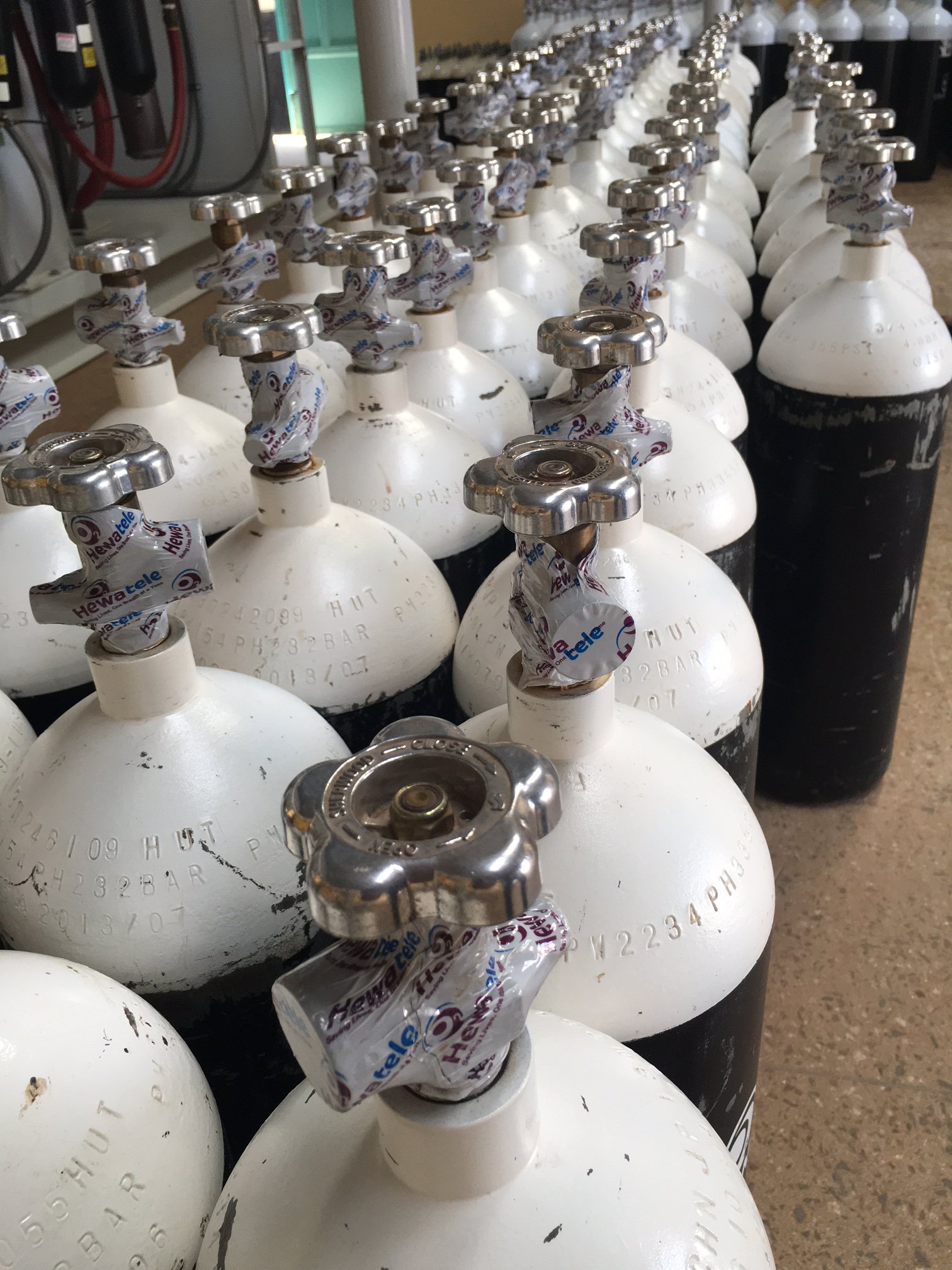The coronavirus pandemic has spotlighted the role of medical oxygen as a lifesaving therapy for patients struggling to breathe. In China, more than 40 percent of COVID-19 patients—and in severe cases, more than 60 percent—received oxygen as part of their care.
In low- and middle-income countries, many health facilities are unequipped to meet that level of demand. Almost half of all hospitals in these areas have an inconsistent supply of medical oxygen, or lack it entirely. Even fewer have functional pulse oximeters—devices that measure blood oxygen levels and help health workers to determine delivery and dosages.
“COVID-19 is making an existing challenge that much harder to overcome,” says Lisa Smith, PATH’s COVID-19 Respiratory Care Response Coordination project director. “Medical oxygen is an essential treatment for a range of diseases, but it’s often overlooked in health system planning because of complex infrastructure requirements, perceptions about cost, and poor understanding of its health impact.”
Oxygen Delivery Toolkit charts a path for success

Oxygen cylinders at the oxygen production plant in Siaya County, Kenya. PATH/Lisa Smith.
In low-resource settings, medical oxygen supply and delivery present an array of complex challenges. For instance: In order to have a constant supply on hand, a hospital must have access to transportation, reliable electricity and a consistent supply chain. Even in facilities that have oxygen, health workers might contend with broken or poorly maintained equipment, or a lack of training on the proper use of delivery devices.
Before oxygen reaches a patient struggling to breathe, administrators must initiate a multistep planning process that includes everything from understanding capacity and need, to staff training, to financing and policy considerations.
To address the complexities, PATH—together with international and national partners—has developed the Oxygen Delivery Toolkit. This resource equips decision-makers, implementers, and advocates to plan, manage, and communicate the value of scaling up oxygen delivery systems. It offers guidance to support data collection on oxygen availability; tools to monitor oxygen use to inform procurement decisions; and still other tools to assist in proper planning for oxygen and pulse oximetry.
“We’re pleased to deliver a set of resources that dial into the details that health facilities need to craft a successful oxygen plan,” says Ms. Smith.
Applying the toolkit to the COVID-19 response
While the toolkit supports longer-term planning for respiratory care, PATH is also moving quickly to adapt it for the COVID-19 response. Here are a few examples:
- Key insights from the initial use of the toolkit in India and Malawi are supporting global efforts to implement survey tools for the COVID-19 response. The goal: help countries quickly and precisely understand existing equipment needs to deliver respiratory care.
- We adapted the toolkit’s quantification and costing tools to develop a COVID-19 Oxygen Gap Calculator. Designed to be used alongside the World Health Organization’s COVID-19 Essential Supplies Forecasting Tool v2.0, the calculator helps countries quantify the need for essential supplies for the COVID-19 response. The calculator further helps decision-makers evaluate how to meet peak COVID-19 demand for oxygen with different generation and storage devices.
- Using the recommended approaches outlined in the toolkit, we are advising country partners to create or augment existing management systems for respiratory care equipment procured as part the COVID-19 response.
Breathing life into respiratory care systems
As demand for oxygen surges amid the pandemic, a truly equitable response must include urgent, adequate, and locally appropriate supply planning that meets the needs of everyone—especially marginalized populations. But the effort can’t end there. Longer-term planning will ensure that sustainable respiratory care becomes an integral part of health care systems.
“Scaling up access to oxygen—for COVID-19 and beyond—is one of the most effective and critical actions decision-makers can take to improve health outcomes and save lives,” says Ms. Smith. “Despite its devastating impacts, this crisis presents a real opportunity to invest in medical oxygen and strengthen under-resourced health systems in the process.”



